Mary and Charles Staniland
Buckland-in-the-Moor
Four acres of species-rich meadows at Buckland-in-the-Moor that were just waiting for a change in the management in order to reveal their natural treasures.
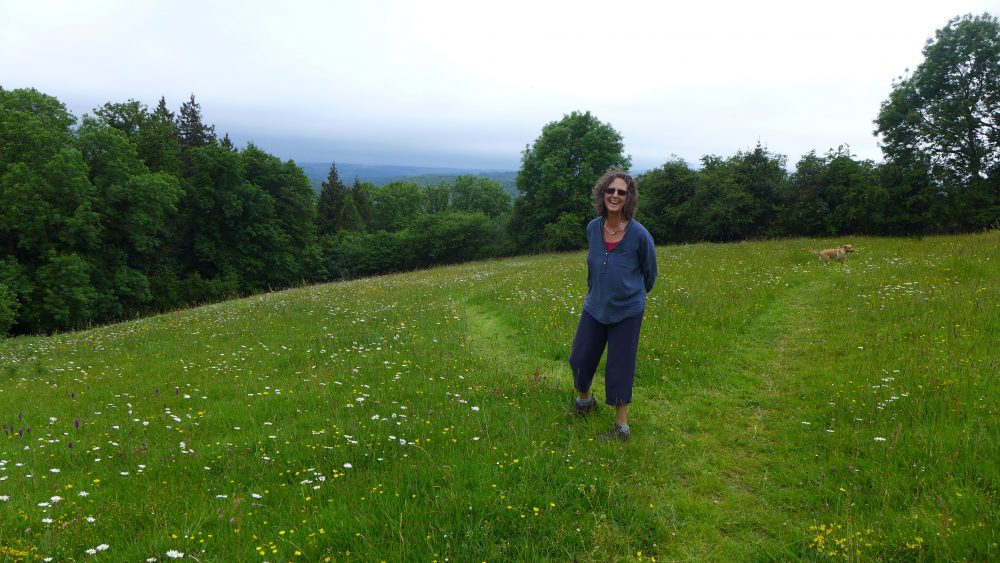
We bought two small fields in 1990. They had been fertilised and grazed by dairy young stock by the previous owner. The fertility was always low due to thin top soil on a steep slope.
One field is on a steep southeast-facing slope and the other is shaded by tall hedges and a wood with a stream along one boundary. We ceased all fertilising of the fields when we bought them and they were then grazed intensively for 15 years by two ponies, during which time the fertility reduced considerably.
Then for the past 12 years there has been only one non-native pony who does not like orchids and prefers grass to wild flowers, so the pastures have evolved an incredible diversity of plants and fungi all presumably dormant or spread by wind/birds as we have not introduced any plants, seeds or hay.
Management
The main wild flower field is grazed from mid-August to mid-September by up to eight South Devon cows, and then by our pony Jack till mid December.
The smaller field is grazed from April through to September by Jack so there is not the range or quantity of flowers in this field.
Selective areas of encroaching bracken and bramble are topped with tractor mower in July/August and if necessary both pastures are completely topped in September.
We plan to continue to experiment with more topping in selected areas during the butterfly orchid flowering period to deal with increasing bracken and bramble on the steeper slope.
Walking in the fields every day is a chance to observe the extraordinary growth, flowering and seeding of all the plants – quite magical as the profusion of flowers, meadow grasses and fungi increases each season.
Plants
Plants recorded in 2017 from February to October from both wet and dry areas of the fields include:
Bluebell, Birdseye speedwell, Birds foot trefoil, Bugle, Celandine, Centaury, Common catsear, Common mouse ear, Common sorrel, Common yellow trefoil, Corky fruited water dropwort (new arrival in 2017), Cuckoo flower, Daisy, Dandelion , Dog violet, Early purple orchid , Fleabane, Golden saxifrage, Greater butterfly orchid, Greater hawkbit, Greater stitchwort, Ground ivy, Hemp agrimony, Hogweed, Hawks beard, Knapweed (hardhead), Lesser hawkbit, Lesser stitchwort, Marsh thistle, Meadow buttercup, Ox-eye daisy, Pignut, Pink purslane, Ragged robin, Ragwort, Red campion, Red clover, Ribwort plantain, Selfheal , Snowdrop, Southern marsh orchid, Spearwort, Spotted marsh orchid, Spring sedge , Star of Bethlehem, Tormentil , Valerian, Water mint , White clover, Yarrow, Yellow rattle, Yellow vetchling.
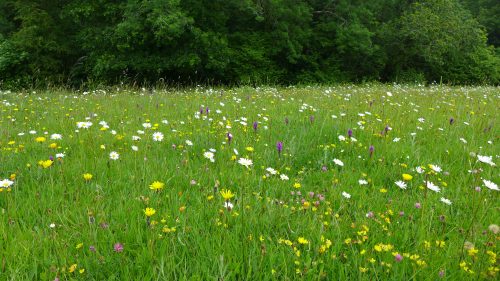
Grasses
So far identified:
Agrostis, Cocksfoot, Crested dogstail, Meadow grasses, Meadow fox tail, Perennial, Rye grass, Sweet vernal, Yorkshire fog.
Fungi
Wax caps, Mosaic puffball.
Unwanted species
Bracken, Bramble, Creeping buttercup , Dock, Hemlock water dropwort.
Fauna
Many different birds, insects and butterflies, especially small blues and meadow browns. Also the usual roe deer, badger and fox as well as moles…
Other "Me and my Meadow" stories
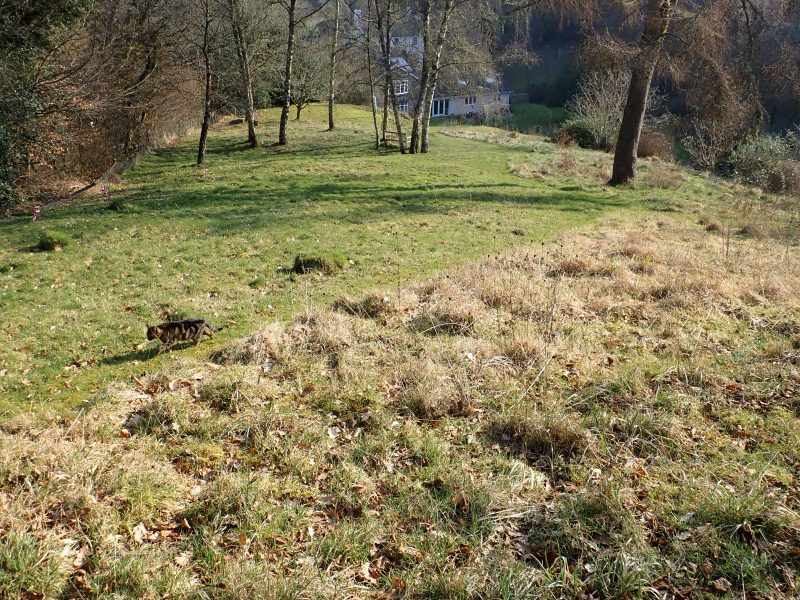
Bas and Rosemary Payne
Clifford Bridge
Bas and Rosemary Payne let the grass grow up in a wild area of their garden and were bountifully rewarded - with many wildflowers, butterflies, slow worms and more.
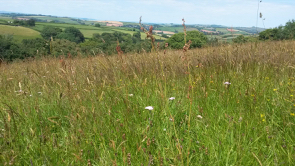
Charlotte Oliver
South Hams
Charlotte's managing her fields as hay meadows and is rewarded with orchids, sweet hay and a host of insects, moths and butterflies.
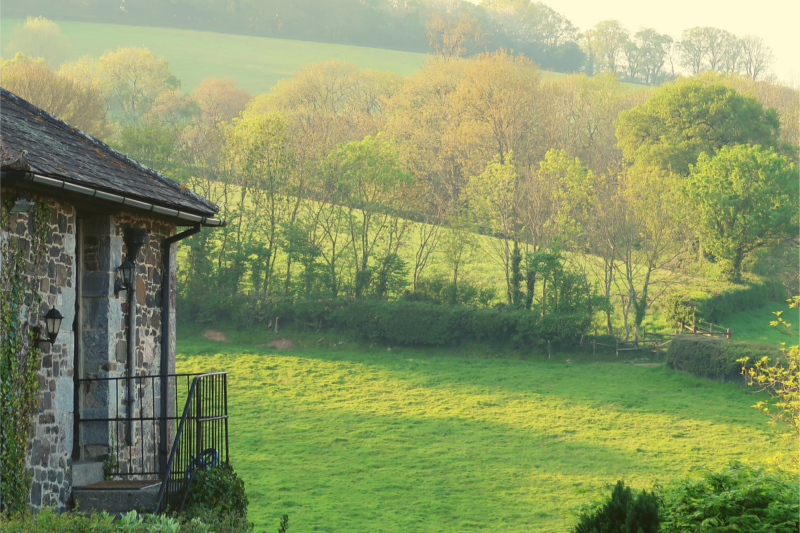
Nick and Sarah Smith
Bickington, Dartmoor
A Dartmoor farm’s focus on improving soil health, sequestering carbon and ensuring its future
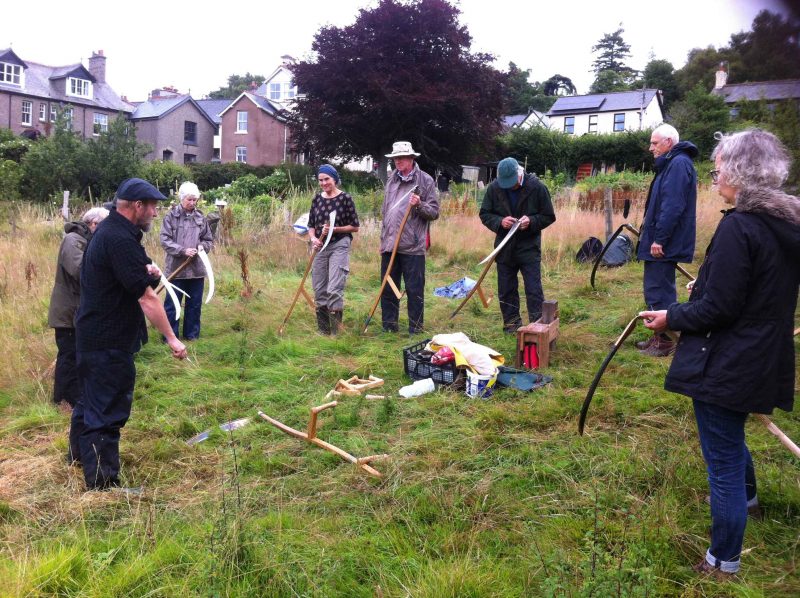
Nicky Scott
Pound Meadow, Chagford
A four and a half acre community meadow in Chagford, previously grazed by sheep, now managed for its wildflowers and wildlife.
